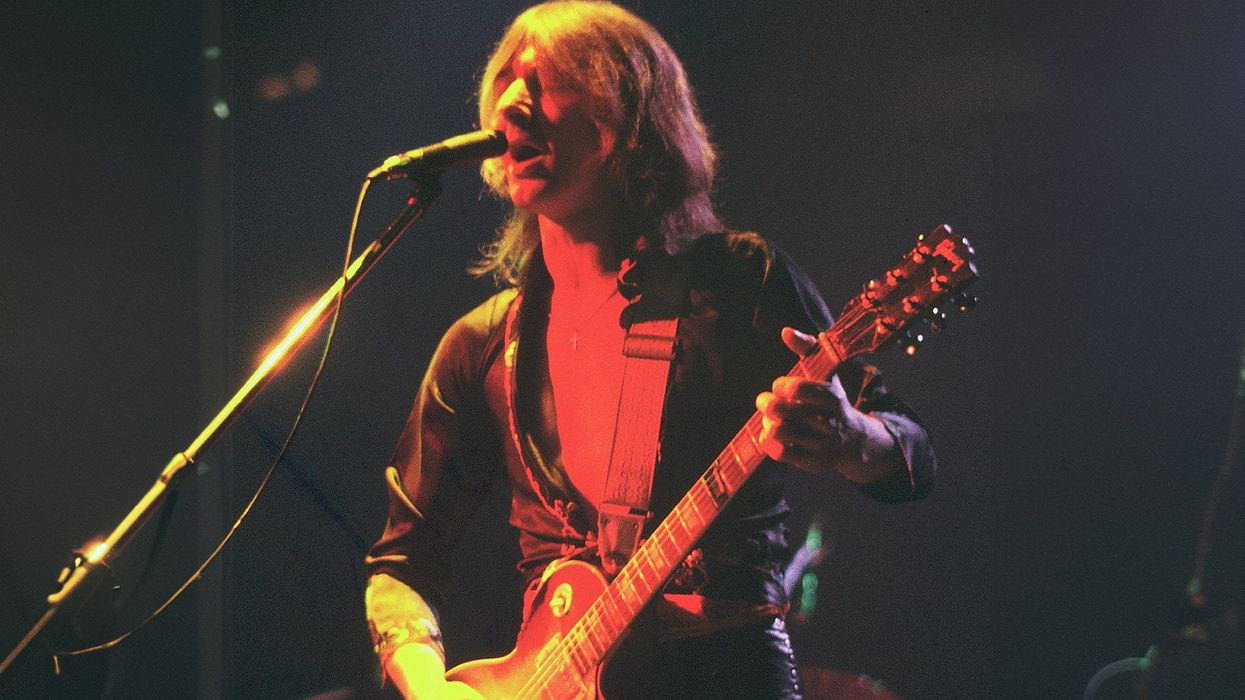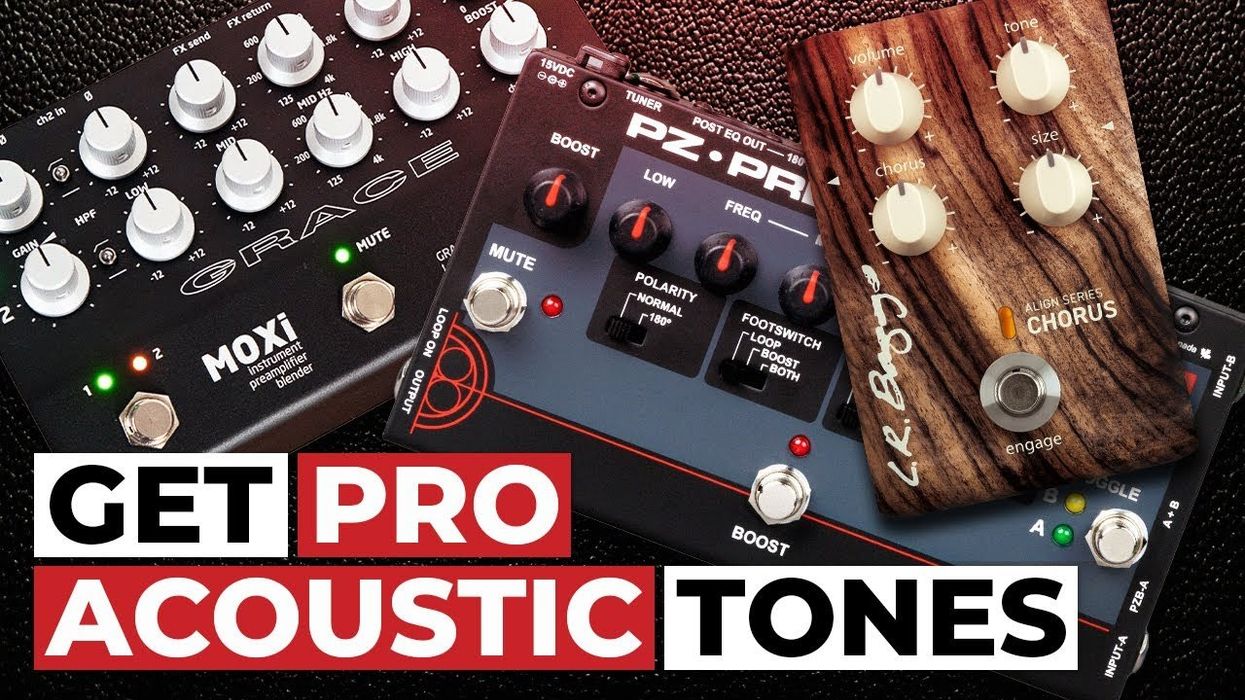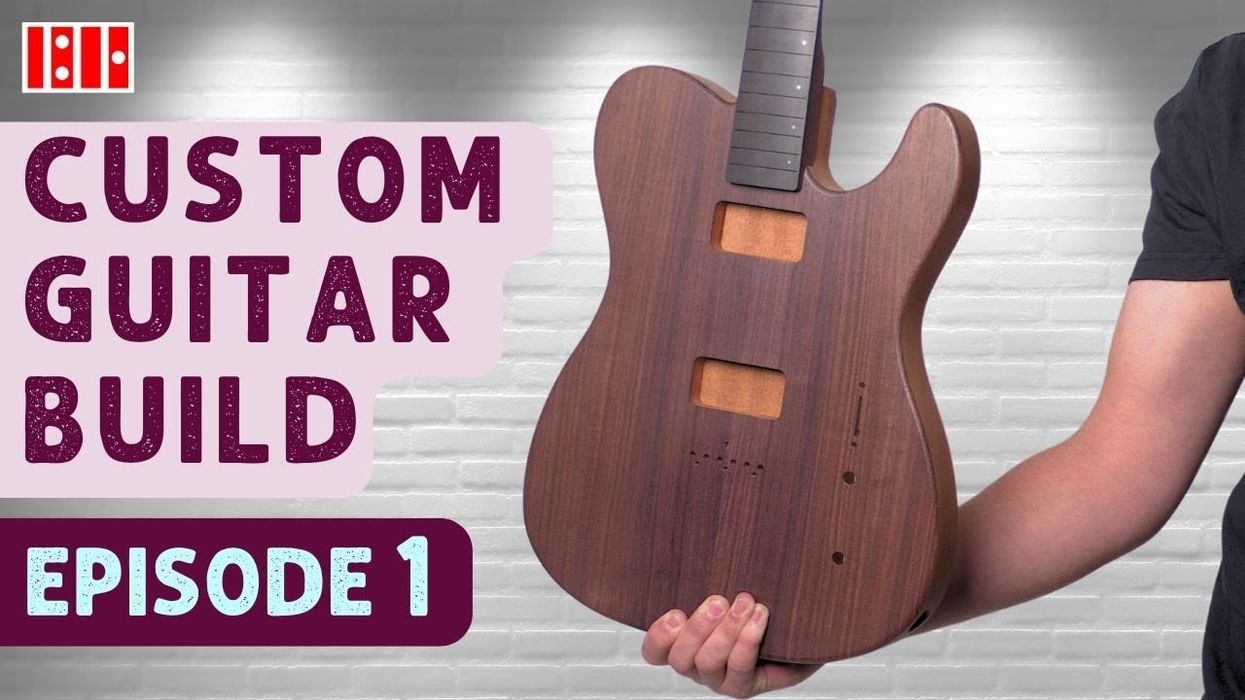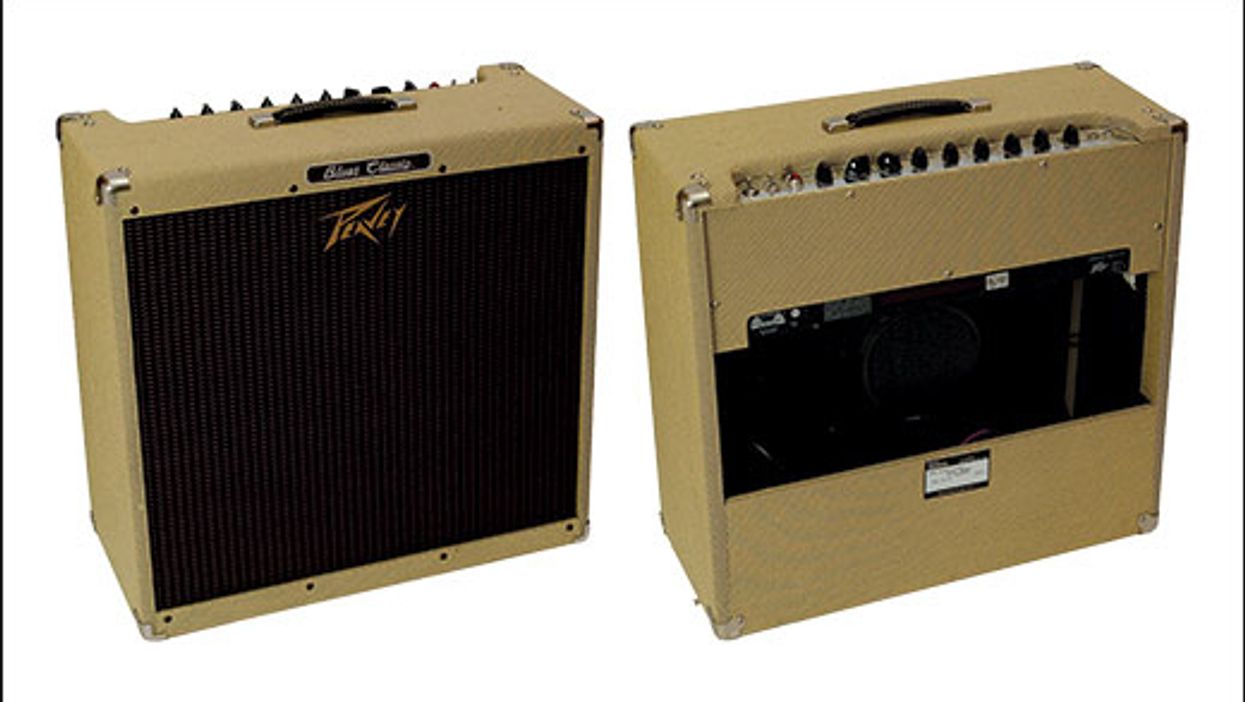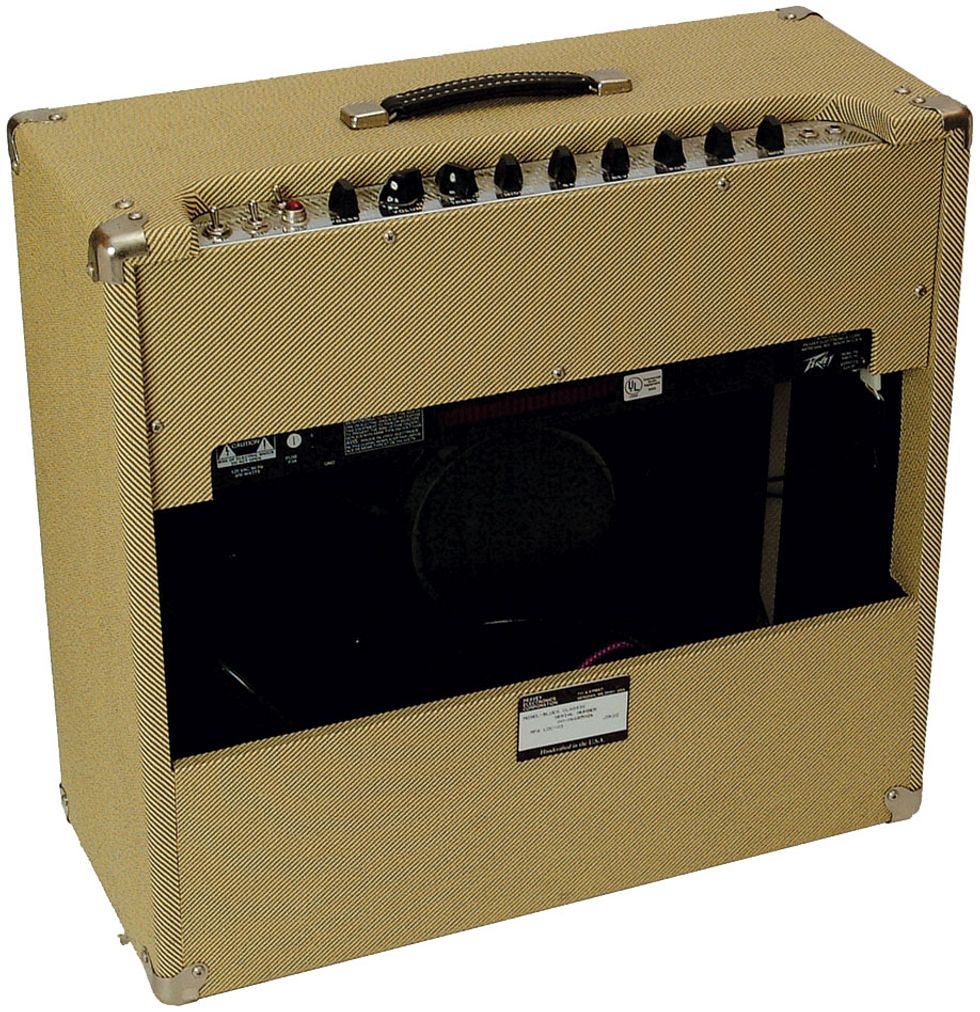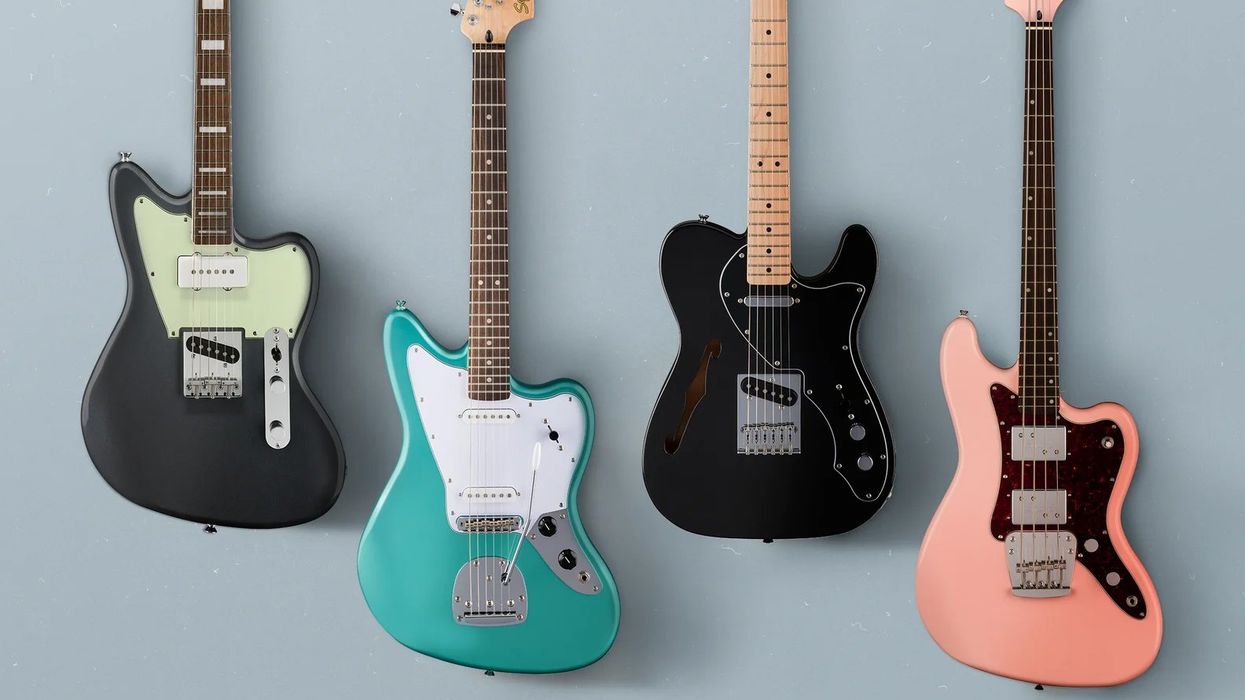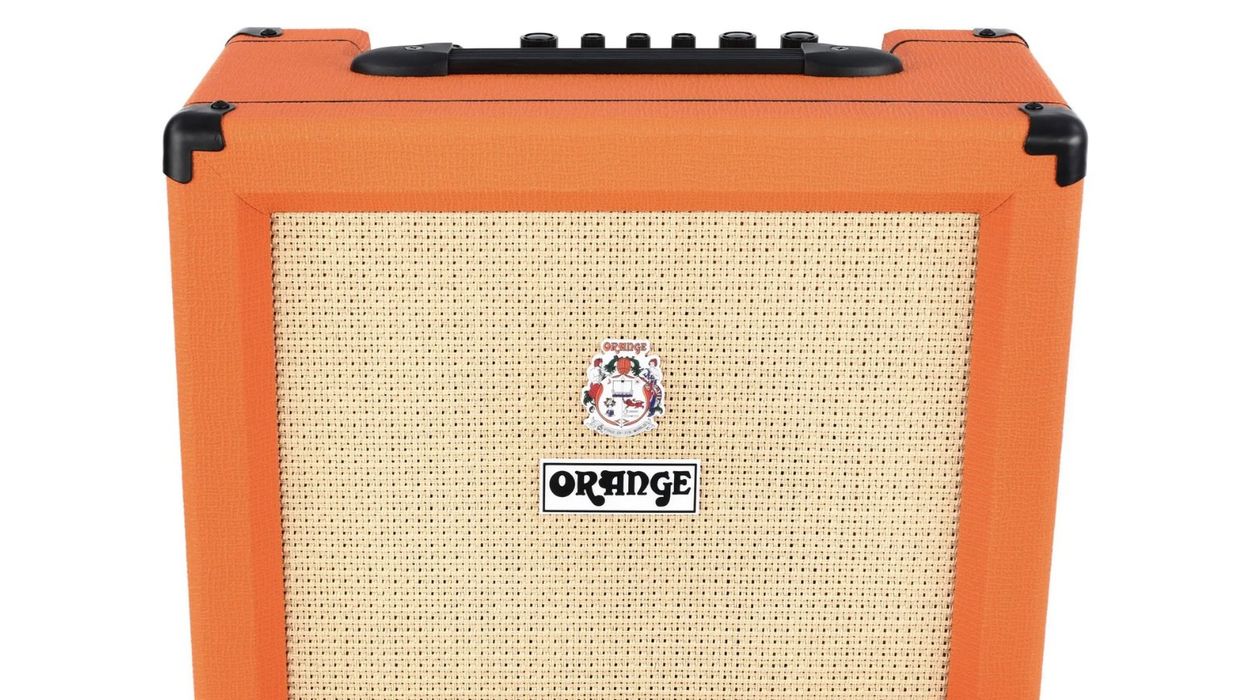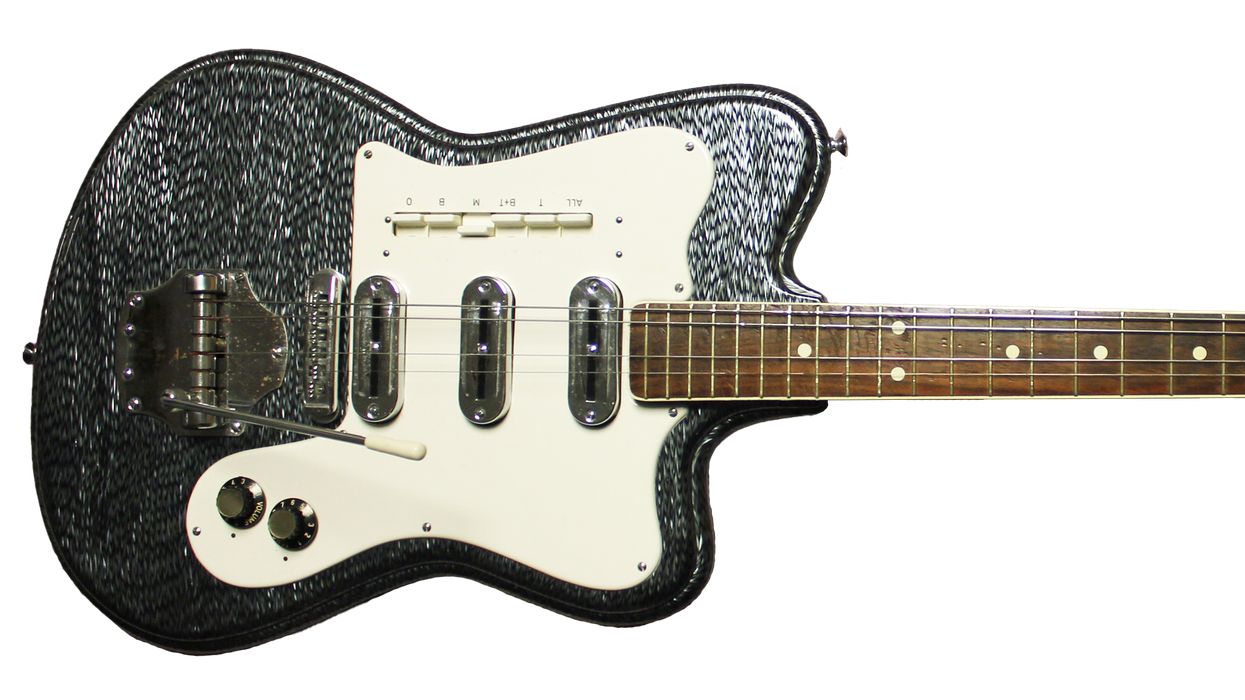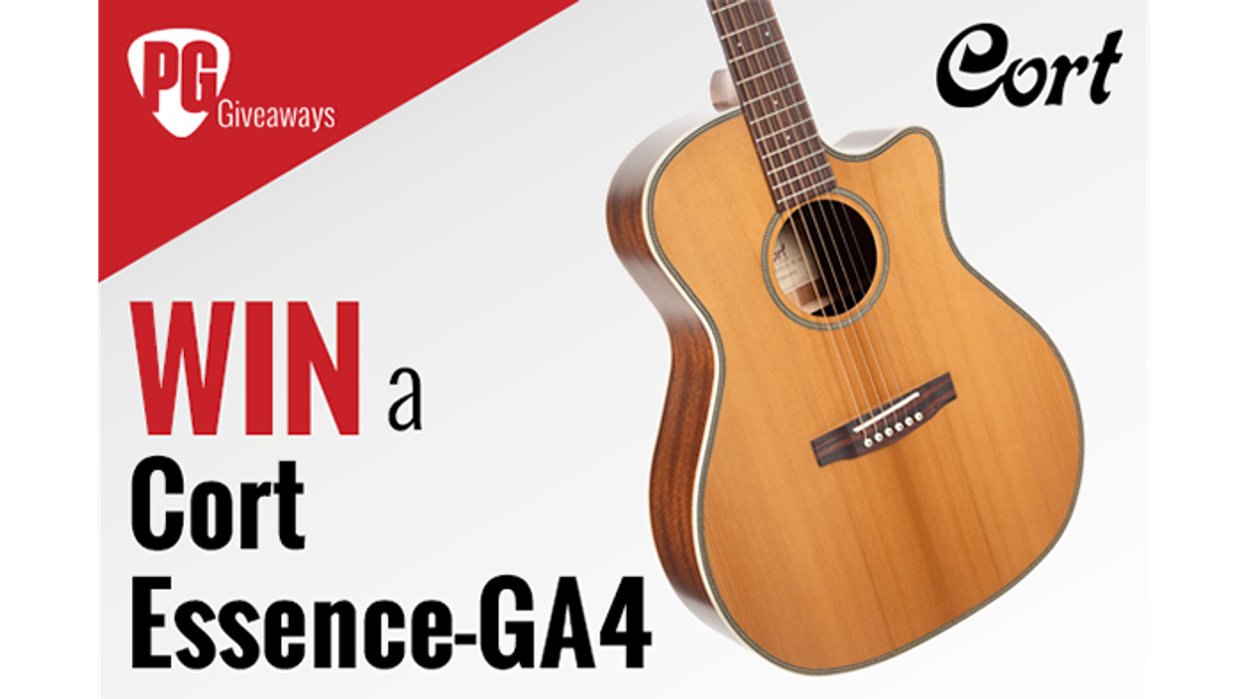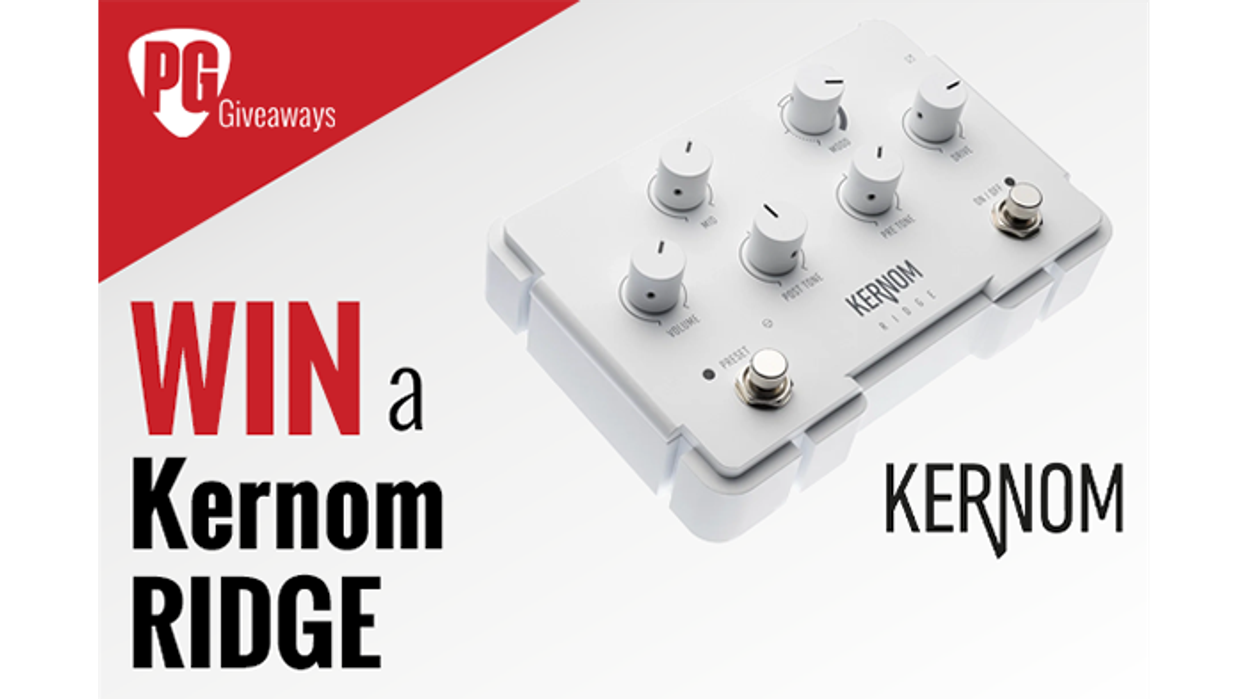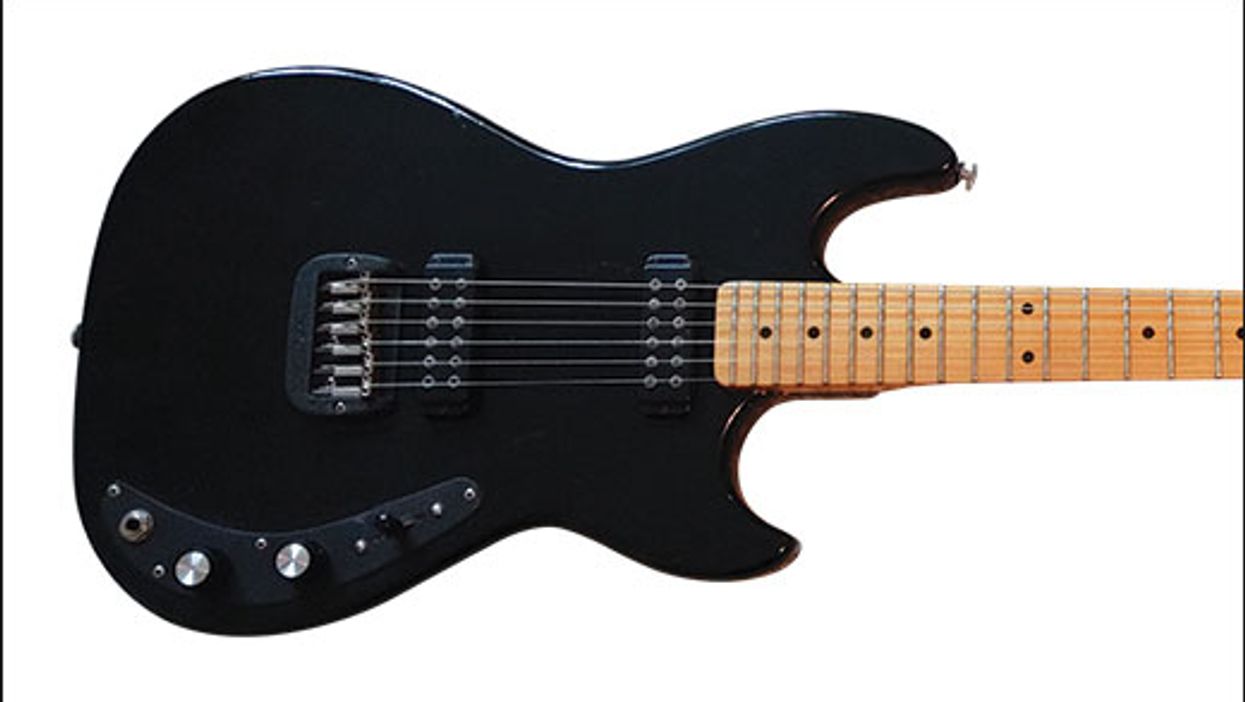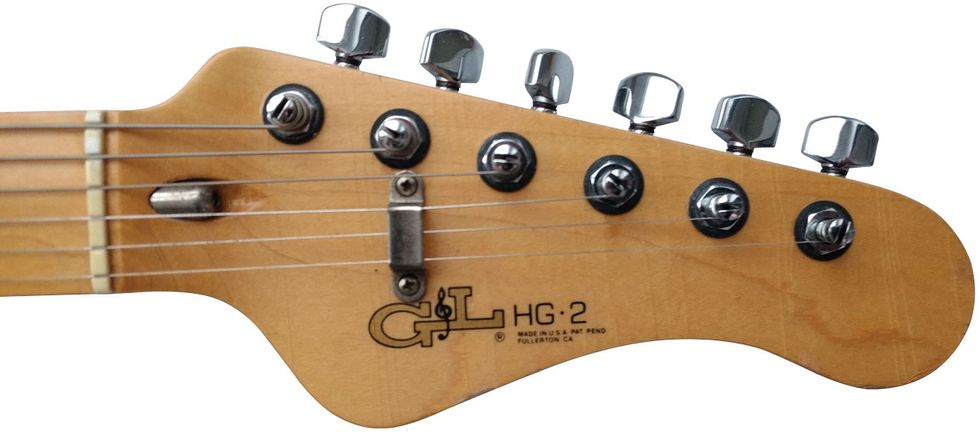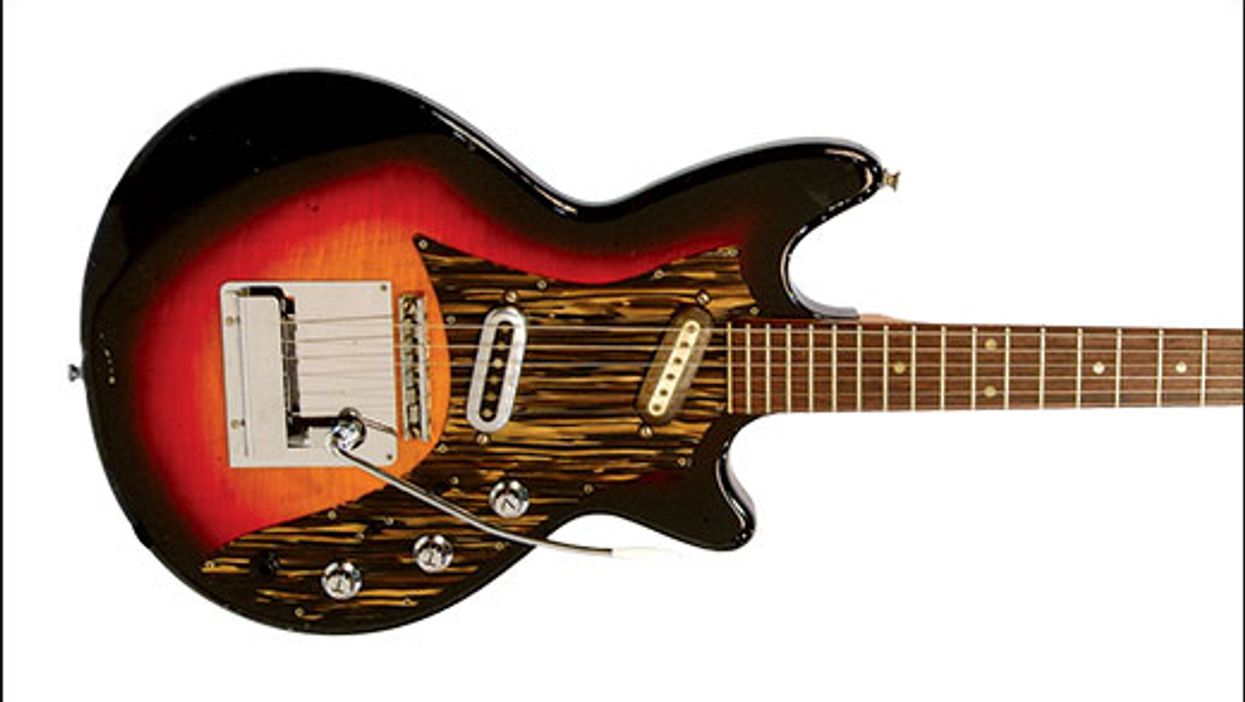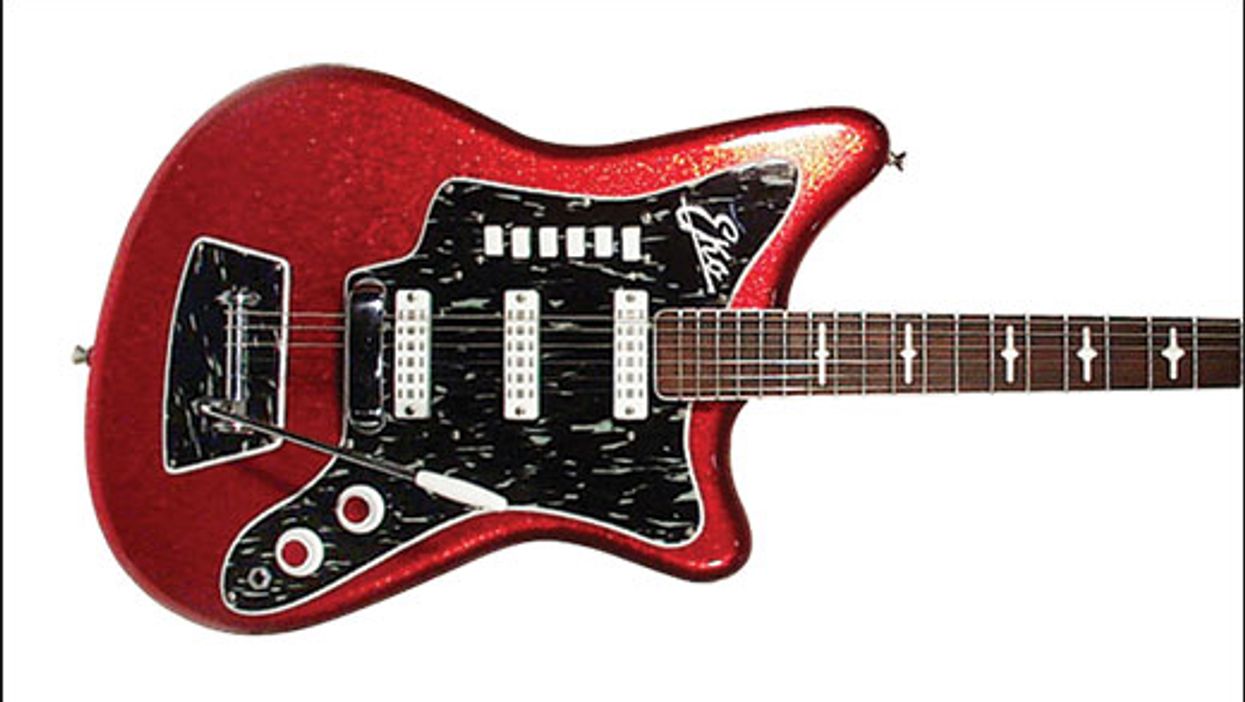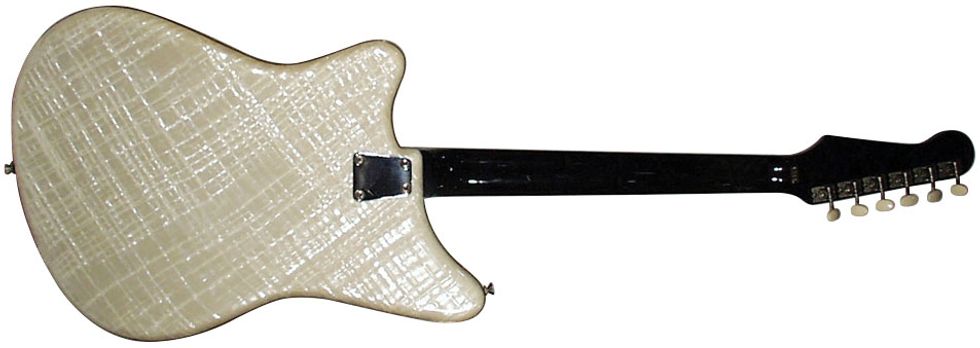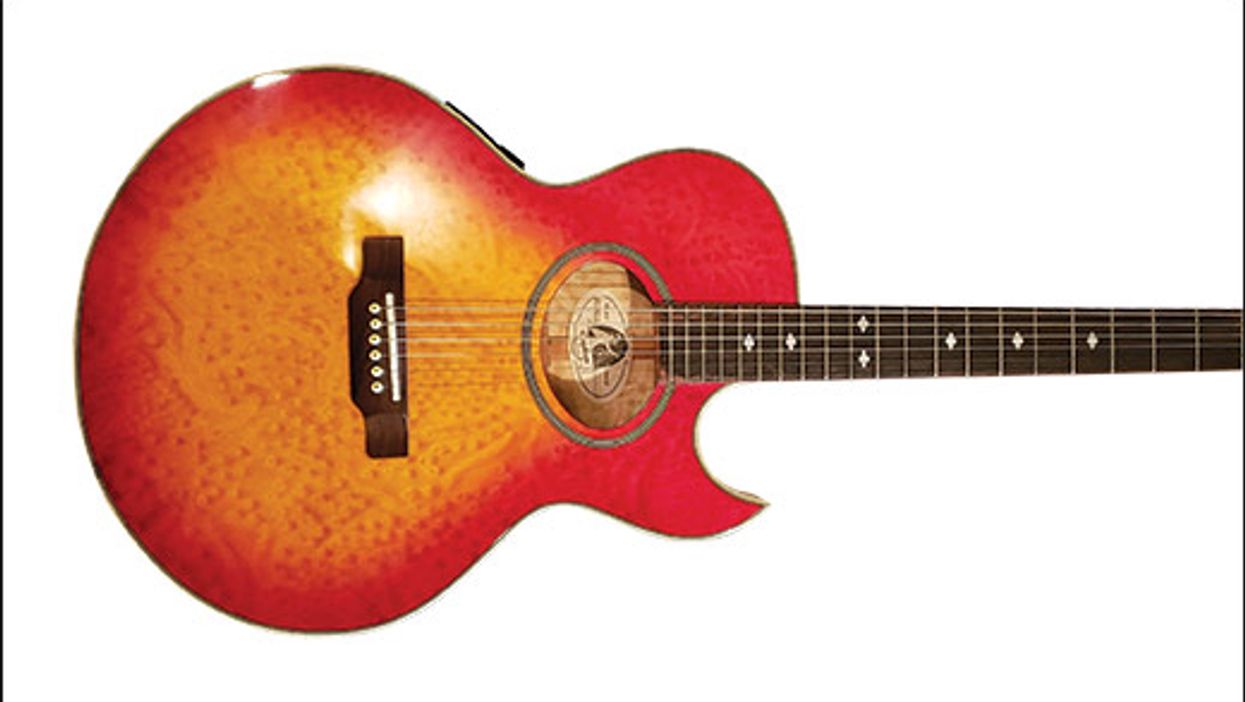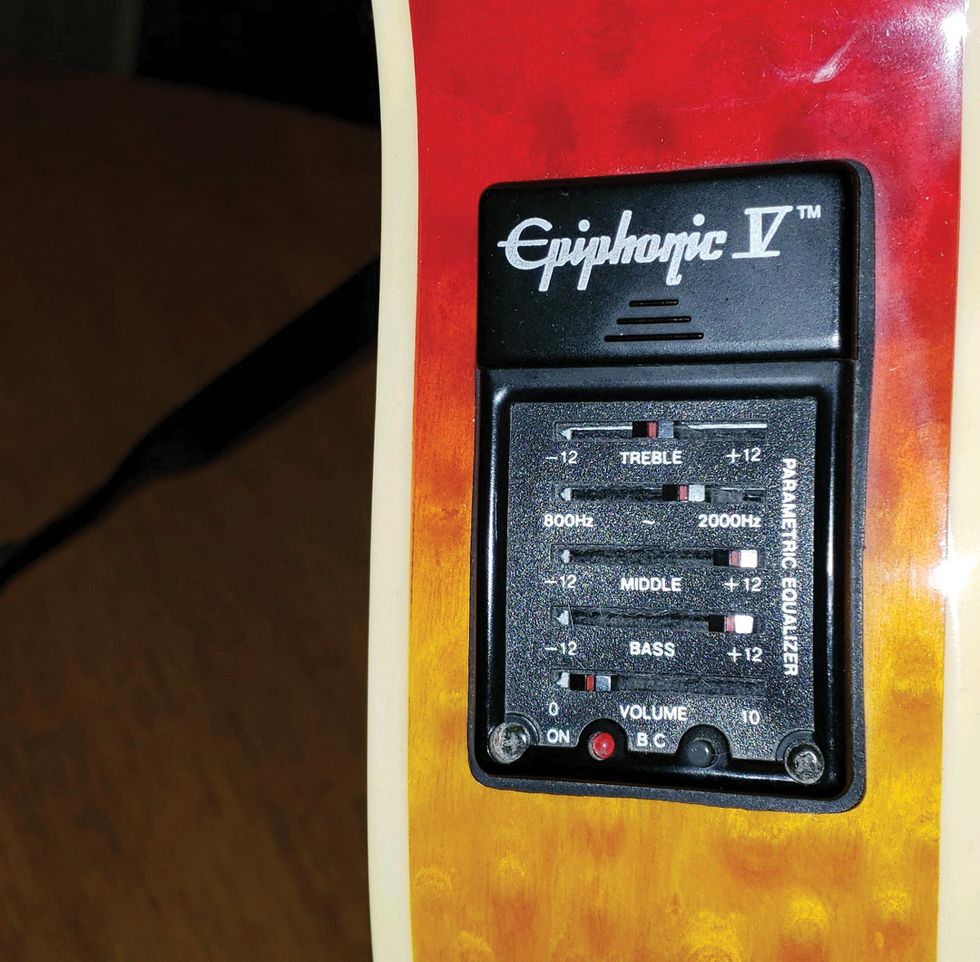Hey Zach,
I’ve got a Yamaha SG2000 in my collection, and I’m wondering if you can give me a little information on why this guitar is so sweet to play! I’ve owned it for several years and I find myself always coming back to play it. Also, what is the value of this guitar today?
Daniel in San Francisco, CA
Hey Daniel,
Since guitar virtuoso Carlos Santana played the SG2000 for several years, you know that there is something special about this guitar. In fact, the SG2000 is one of the most collectible and valuable Yamaha guitars in the used market today, and there is plenty of good reason for that.

Yamaha was founded in Japan in 1897 by Torakusu Yamaha as a piano and reed organ manufacturer. Yamaha entered the guitar market in 1941 when they announced that they were going to start building classical guitars, but full production didn’t start until after World War II in 1946. After the guitar boom of the mid-sixties, Yamaha introduced electric and acoustic steel-string guitars in 1966. Yamaha has been producing a variety of guitars ever since, including several high-end, hand-crafted instruments. However, the bulk of their production is targeted for entry-level and intermediate guitar players, with price points between $200 and $500.
The SG2000 is certainly not one of Yamaha’s entry-level models. It was introduced in 1976, and Yamaha contacted Carlos Santana shortly thereafter to see if he was interested in endorsing the instrument. He actually appeared on the cover of Guitar Player magazine in June of 1978 holding the SG2000, but the article explained that Santana actually redesigned and introduced many of the features on the original SG2000. According to Santana, the guitar was too light and didn’t resonate like he wanted. He recommended making the guitar heavier with thicker woods and installing a brass plate underneath, connected to the tailpiece (later patented as the Sustain Plate). Yamaha also used a threepiece laminated neck with two pieces of mahogany surrounding the main maple part that was patented as the T-Cross System. All these features, and the fact that the guitar was built very well, led to a great playing guitar. Santana absolutely loved the sustain this guitar could create, and it was the best guitar Yamaha had produced thus far.
Aside from the endorsement of Carlos Santana and the unique features that the SG2000 utilized, there were other factors that have made this guitar valuable today. The late seventies and early eighties was a turbulent time for many American guitar manufacturers and the big three of Gibson, Fender, and Martin were all in danger of failing. Yamaha was willing to experiment and get away from the traditional side of building guitars, which made them innovative. Also, Yamaha was one of the first Japanese manufacturers to actually set up their guitars in the US after shipping them from Japan. Long story short, the SG2000 was one of the best guitars available in the late seventies and early eighties, and it could possibly be the best Japanese guitar of the time.
For around a thousand dollars today, a buyer can pick from a basic selection of new, US-built guitars. A used late-seventies to early- eighties SG2000 typically sells for between $900 and $1200 in the used market, which is very comparable to a new US guitar. Thirty years ago, Japan was considered by the guitar industry the way China is today. However, this view has changed over the years and very few guitars actually come out of Japan anymore. While spending around $1000 on a late-seventies Japanese guitar may seem ludicrous, the market has shown that the demand is certainly there.
You also may notice that the SG prefix is very similar to a certain brand from one of the most popular U.S. builders today. When the SG Series from Yamaha became widespread in the early eighties, Gibson put a stop to it, and all Yamaha SG models were changed to SBG in the US. Carlos Santana hasn’t endorsed Yamaha for years; he was one of Paul Reed Smith’s first customers in the early eighties. Santana has several signature models with PRS and continues to play them exclusively today. I’m sure Santana along with you will continue to treasure this guitar for years to come!
Source: The History of Yamaha Guitars— Over 60 Years of Innovation by Mark Kasulen and Matt Blackett
Zachary R. Fjestad
Zachary is the author of the Blue Book of Acoustic Guitars, Blue Book of Electric Guitars, and the Blue Book of Guitar Amplifiers.
Questions can be submitted to:
Blue Book Publications Attn: Guitar Trash or Treasure
8009 34th Ave. S. Ste #175
Minneapolis, MN 55425
800-877-4867
bluebookinc.com
guitars@bluebookinc.com
I’ve got a Yamaha SG2000 in my collection, and I’m wondering if you can give me a little information on why this guitar is so sweet to play! I’ve owned it for several years and I find myself always coming back to play it. Also, what is the value of this guitar today?
Daniel in San Francisco, CA
Hey Daniel,
Since guitar virtuoso Carlos Santana played the SG2000 for several years, you know that there is something special about this guitar. In fact, the SG2000 is one of the most collectible and valuable Yamaha guitars in the used market today, and there is plenty of good reason for that.
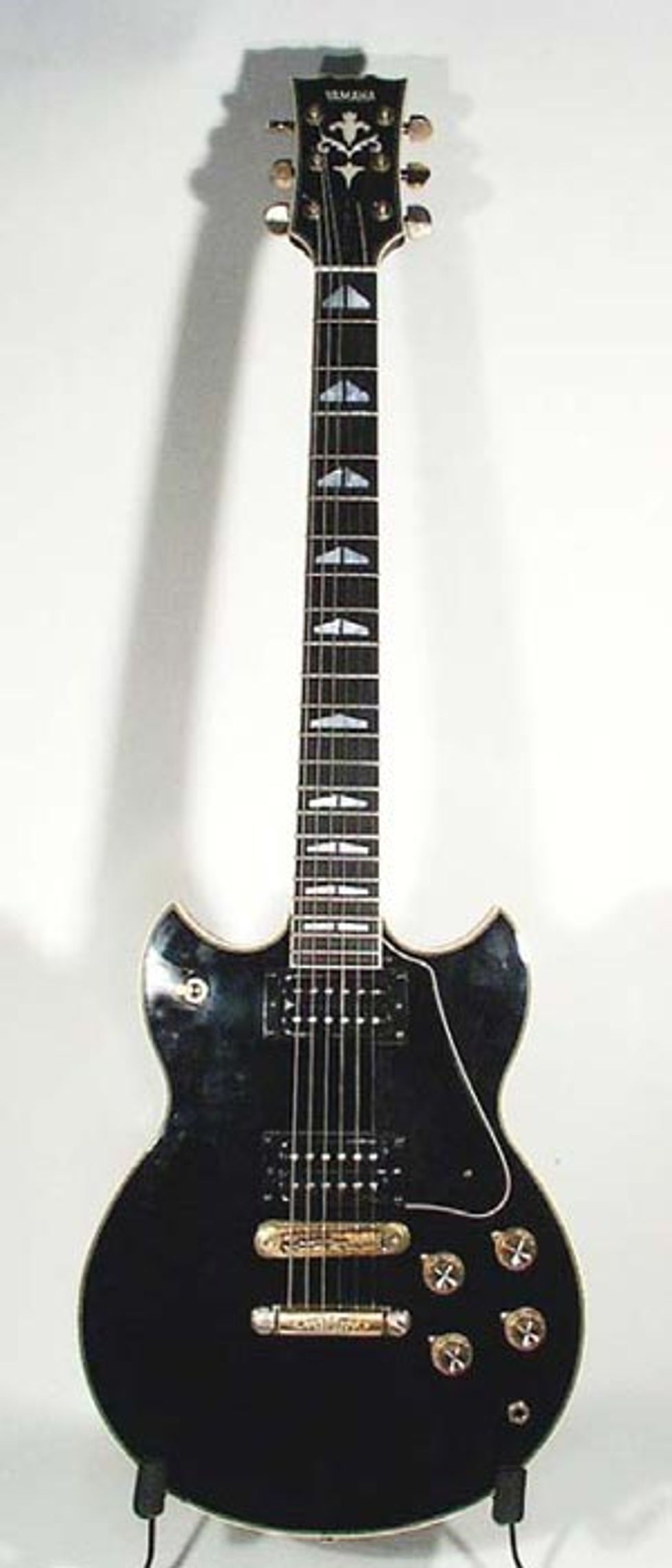
Yamaha was founded in Japan in 1897 by Torakusu Yamaha as a piano and reed organ manufacturer. Yamaha entered the guitar market in 1941 when they announced that they were going to start building classical guitars, but full production didn’t start until after World War II in 1946. After the guitar boom of the mid-sixties, Yamaha introduced electric and acoustic steel-string guitars in 1966. Yamaha has been producing a variety of guitars ever since, including several high-end, hand-crafted instruments. However, the bulk of their production is targeted for entry-level and intermediate guitar players, with price points between $200 and $500.
The SG2000 is certainly not one of Yamaha’s entry-level models. It was introduced in 1976, and Yamaha contacted Carlos Santana shortly thereafter to see if he was interested in endorsing the instrument. He actually appeared on the cover of Guitar Player magazine in June of 1978 holding the SG2000, but the article explained that Santana actually redesigned and introduced many of the features on the original SG2000. According to Santana, the guitar was too light and didn’t resonate like he wanted. He recommended making the guitar heavier with thicker woods and installing a brass plate underneath, connected to the tailpiece (later patented as the Sustain Plate). Yamaha also used a threepiece laminated neck with two pieces of mahogany surrounding the main maple part that was patented as the T-Cross System. All these features, and the fact that the guitar was built very well, led to a great playing guitar. Santana absolutely loved the sustain this guitar could create, and it was the best guitar Yamaha had produced thus far.
Aside from the endorsement of Carlos Santana and the unique features that the SG2000 utilized, there were other factors that have made this guitar valuable today. The late seventies and early eighties was a turbulent time for many American guitar manufacturers and the big three of Gibson, Fender, and Martin were all in danger of failing. Yamaha was willing to experiment and get away from the traditional side of building guitars, which made them innovative. Also, Yamaha was one of the first Japanese manufacturers to actually set up their guitars in the US after shipping them from Japan. Long story short, the SG2000 was one of the best guitars available in the late seventies and early eighties, and it could possibly be the best Japanese guitar of the time.
For around a thousand dollars today, a buyer can pick from a basic selection of new, US-built guitars. A used late-seventies to early- eighties SG2000 typically sells for between $900 and $1200 in the used market, which is very comparable to a new US guitar. Thirty years ago, Japan was considered by the guitar industry the way China is today. However, this view has changed over the years and very few guitars actually come out of Japan anymore. While spending around $1000 on a late-seventies Japanese guitar may seem ludicrous, the market has shown that the demand is certainly there.
You also may notice that the SG prefix is very similar to a certain brand from one of the most popular U.S. builders today. When the SG Series from Yamaha became widespread in the early eighties, Gibson put a stop to it, and all Yamaha SG models were changed to SBG in the US. Carlos Santana hasn’t endorsed Yamaha for years; he was one of Paul Reed Smith’s first customers in the early eighties. Santana has several signature models with PRS and continues to play them exclusively today. I’m sure Santana along with you will continue to treasure this guitar for years to come!
Source: The History of Yamaha Guitars— Over 60 Years of Innovation by Mark Kasulen and Matt Blackett
Zachary R. Fjestad
Zachary is the author of the Blue Book of Acoustic Guitars, Blue Book of Electric Guitars, and the Blue Book of Guitar Amplifiers.
Questions can be submitted to:
Blue Book Publications Attn: Guitar Trash or Treasure
8009 34th Ave. S. Ste #175
Minneapolis, MN 55425
800-877-4867
bluebookinc.com
guitars@bluebookinc.com
